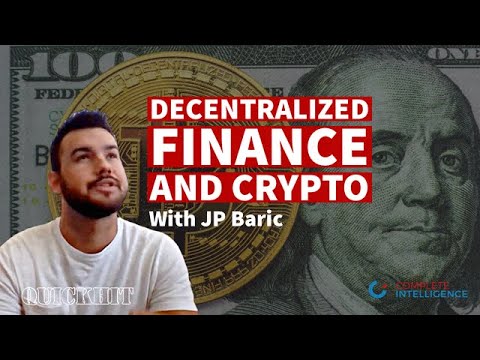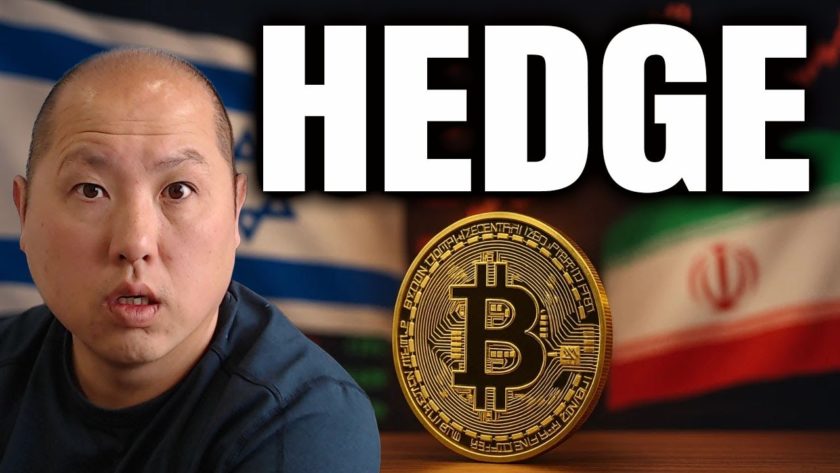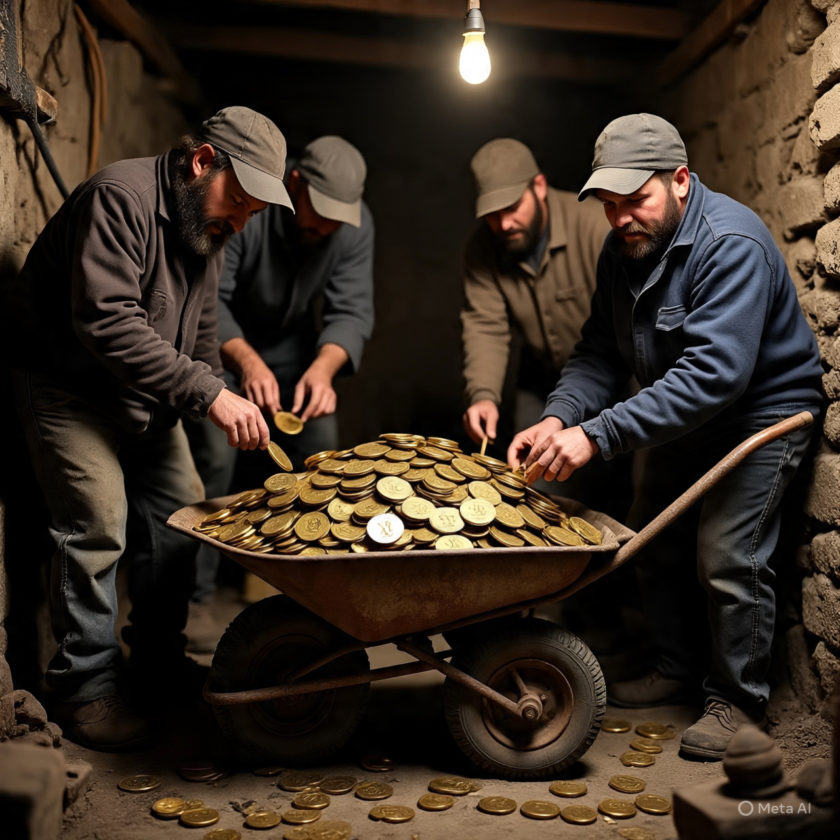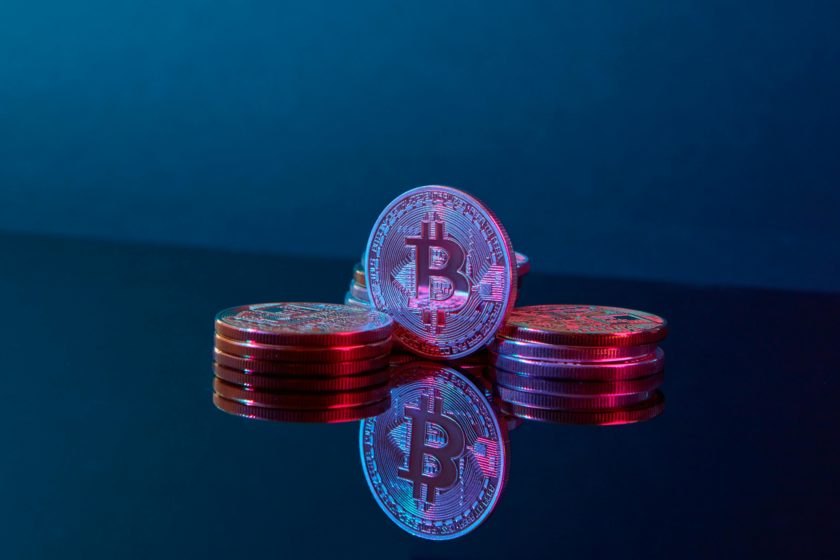
▶ Coinbase Website: Coinbase.com
▶ CEX Website: cex.io
JP Baric, of Aurum Capital Ventures, joins Tony Nash for this week’s QuickHit episode where he discussed crypto currencies and how it plays in decentralized finance or de-fi. This is hosted by Complete Intelligence. For more info about CI, go to
📺➡️ Subscribe to our Youtube Channel and make sure to click on the bell 🔔 icon to receive notifications when a new QuickHit is out!
💌 Subscribe to CI Newsletter and gain AI-driven intelligence:
🤝💡Forward-looking companies become more profitable with Complete Intelligence. The only fully automated and globally integrated AI platform for smarter cost and revenue planning. Book a demo here:
📈📊Check out the CI Futures platform to forecast currencies, commodities, and equity indices:
🐤 Tony on Twitter:
🐤 JP on Twitter:
***This QuickHit episode was recorded on November 4, 2020.
Show Notes:
0:57 TN: What is stranded energy?
1:00 JB: Stranded energy is energy that is either not accessible to the grid so it can’t connect to the standard power grid or energy that’s been built up in areas where the federal subsidies for wind and solar farms have basically built these infrastructure that wasn’t needed in one area but it was built there because of those subsidies and in return the power prices are actually going negative during the night because there’s over supply and not enough demand.
1:42 TN: Is cryptocurrency, is it an asset or is it a currency?
2:06 JB: The more I look and think about Bitcoin is the more I think it’s actually an asset less than a currency. It’s a way to store value digitally that can easily be separated and transferred anywhere in the world and you also, it’s an asset that we know there’s a finite supply of it. We know how much there’s going to be, how many new bitcoins are going to be every day for the next 100 years and there’s not, that’s something you can’t really get without saying many other assets.
3:20 TN: Why is Bitcoin more desirable and valuable than other coins?
4:06 JB: The miners are the ones who are allocating the most amount of capital in the space, who are taking the risk to capture this Bitcoin. The amount of computing power protecting the Bitcoin network is ten times if not a hundred times more than any of the other networks out there. The second thing is the on-ramps. To use a digital currency like bitcoin we need um on-ramps that have been put together over the past 10 years and have been focused solely on building on-ramps for this cryptocurrency.
5:10 TN: When you say on-ramps, what do you mean?
5:22 JB: I was uh when I was referring to on-ramps, I was actually referring to fiat on-ramp. So basically, how does fiat currency come into the space.
6:10 TN: Do we see confidence in traditional currencies waning and people moving to cryptocurrencies?
7:02 JB: Bitcoin to me really follows the having events, which happen every four years. And so that would, that in my mind is what brings the momentum required to push Bitcoin to a new price. We’ll know exactly how many coins are coming out. It provides them a steady base that they can build their life on. A steady-based currency that they know is not going to be inflated away and don’t they know it’s going to retain its value over the long period of time.
8:01 TN: Okay and so when you talk about having events, what happens around those having events in terms of say processing power, in terms of the the computing requirements?
8:24 JB: There’s definitely there are cycles to build up equipment and the in May, when was that that having event occurred, the the amount of machines came down by about 15% 20%.
We don’t have enough semiconductors and so what happens is the value of those machines will rise rapidly and the people that are just coming into the space that are new are trying to pick them up and grab them and buying these machines for a really top dollar. The problem is, is that bitcoin price will crash. But you still have new machines on order for maybe six or nine months out.
10:28 TN: Since it’s so equipment intensive and we have supply chains bottleneck through Covid out of Asia, what has that done to the Bitcoin mining environment?
11:26 JB: With Covid and the supply chain issues that have occurred, the machines got backed up, the factories had to close, and so those orders that were maybe supposed to deliver in December of this year aren’t going to deliver until January or February.
12:35 TN: Where is your attention going and what do you see over the next say six months in the crypto cryptocurrency environment?
12:49 JB: I do think decentralized finance. So de-fi has a lot of opportunity. There’s a lot of very cool projects. One of them being a token called lend token.
▶ Coinbase Website: Coinbase.com
▶ CEX Website: cex.io
Youtube version




